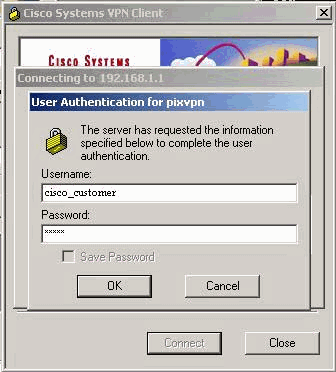

Lab 5.2: Define and Apply Inspection Rules and ACLs.Lab 5.1: Configure Logging and Audit Trails.Applying Inspection Rules and ACLs to Router Interfaces.Configuring Global Timeouts and Thresholds.Disabling the Default Forwarded UDP Protocols.Enabling the Nagle TCP Congestion Algorithm.Disabling the Maintenance Operation Protocol (MOP).Disabling the Generation of ICMP Unreachable Messages.Turning Off and Configuring Network Services.Solving Eavesdropping and Session Replay Problems.CiscoSecure User Database NAS Configuration for RADIUS.Populating the User Database Population.Using User Databases for Authentication.Lab 2.5: Configuring AAA Authentication on the NAS.Lab 2.4: Creating Usernames and Logging In.Authentication Configuration on the NAS.Trojan Horse Programs, Viruses, and Worms.Execute the following two commands on the firewall, and attempt to connect again, this should point you in the right direction. With all things Cisco, if there’s a problem your easiest way to a solution, is to run a ‘debug’ on the firewall. If you didn’t put your password in during setup, you will be prompted to enter it to continue. Now to connect the VPN, select the icon shown, and click your Cisco VPN, (in the picture I have two). Nearly every time you use DHCP, the firewall with either lease you an address from a ‘pool’ of VPN addresses, or broker the connection, and use your internal DHCP server. If they don’t know, tell them to run ‘more system:running-config’ on the firewall and give you the shared secret and ‘group-policy’/’tunnel-group’ name for this remote VPN > OK. Your firewall admin should give these to you. Here you need to supply the ‘shared secret’ for the VPN tunnel, and the Group Name. It does support DDNS but means the server that leases you your public address is supposed to update your DNS for you, and unless you are your own ISP, and you host your own public DNS records, this wont work! The ASA DOES NOT support DNS updates to online services like DynDNS or No-IP etc. *For DNS you will need a static public IP, and a registered domain name. Server address is the public IP, (or name if you have DNS setup*) of your Cisco Firewall > Enter your VPN username > I don’t put in the password, so I will have to type in in manually > Click Authentication Settings. Open your network preferences and add in a new connection > Interface = VPN > VPN Type = Cisco IPSec > Service Name = A sensible name you will recognise, (like connection to work, or home etc.) I’m assuming you have already configured the firewall, if not see the article below Ĭisco ASA5500 Client IPSEC VPN Access Solution But modern versions of OSX have the Cisco IPSec VPN client built into them. There is/was a VPN client for Mac OSX which you can still download. Here we are dealing with the older IPSEC VPN method of remote VPNs, NOT An圜onnect.


 0 kommentar(er)
0 kommentar(er)
